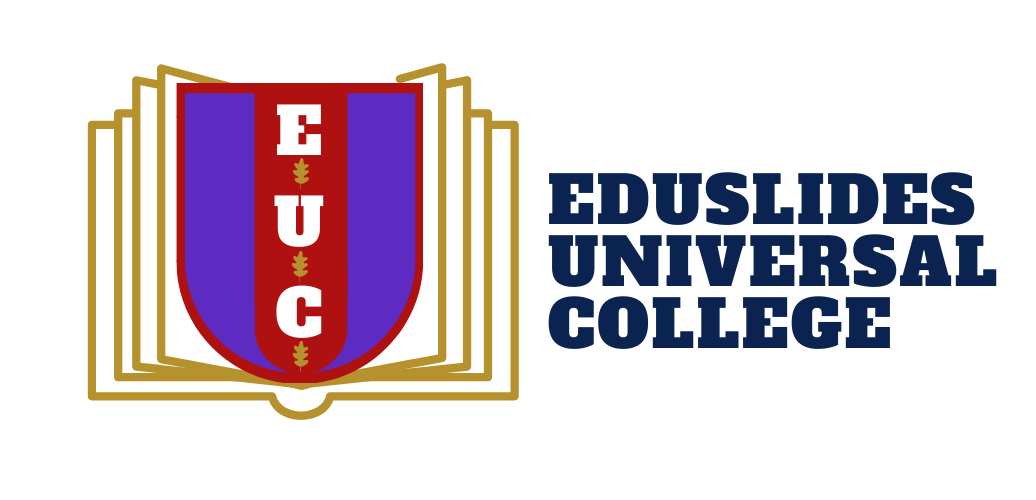Blog
Writing a Perfect Project Proposal Course
- January 24, 2023
- Posted by: Writer
- Category: Education

After you have chosen the best project solution, you will need to create a project proposal. The project proposal should contain all elements that we have just described.
The proposal should be sent to the project sponsor or your boss. Use the format if your organization has a process to submit project proposals. You can adapt the elements to suit your needs.
How do you write a proposal?
Keep in mind that your goal when writing a proposal to get executive buy-in is to do so. It is important to have key people backing your project. To make a vision a reality, you need to have decision-makers.

Step 1: Identify the problem
What is the problem that your project is trying to solve? Is it worth solving? Your audience should see the problem as you do.
Here are some tips to help you identify the problem.
- Start strong. Decision-makers don’t usually have the time to read through a proposal. Make sure your pain point is clearly described and communicated in a way that resonates with you.
- Don’t use opinions, but facts. You don’t want to make it difficult for your audience to grasp the seriousness of a problem. Instead, you should use data from your research as support for your claims.
Step 2: Present your solution
What will your solution be? What makes your solution superior to other solutions? Be prepared for questions and objections. Prepare to defend your solution from every angle. The solution should have a greater impact. Projects with broad-ranging impacts are more popular with stakeholders than projects that have a narrow impact.
Step 3: Define your success criteria and deliverables
This section outlines the attributes and functions of the deliverables, as well as how to determine if the project was successful.
Tips for defining deliverables
- Include a delivery date. If you are proposing customer service projects, define what the project will deliver. You should also indicate the time frame for each delivery.
- Your solution should be simple and logical. If the project is successful, it will be based on your success criteria. Keep your solution SMART (specific and measurable, achievable, Realistic, and time-bound)
Step 4: Describe your plan or approach
This section is the most important and describes how the project will be achieved. It also describes how to manage problems.
Planning tips:
- Incorporate project strategies. Do you prefer the waterfall approach? Why? What will you use third-party contractors, staff from within the company, or consultants? What are their responsibilities and objectives? This is your chance to discuss the “why” of the decisions you are making to complete the project.
- Describe how you will address the problem. This will help you to understand your project management plan’s risk mitigation strategy.

Step 5: Draw a schedule and budget
This section explains the project cost and details how you will meet deadlines.
This article has included some tips for creating a schedule or budget.
- Give as much detail as you can. Your budget can be broken down into different categories such as salaries, supplies, and tools. All overhead and indirect expenses are included.
Stakeholders will be impressed that you have done your research and aren’t wasting their money by providing a detailed financial breakdown. You may need financial statements or funding sources for certain projects.
- Be concrete, don’t guess. Give project a start and finish time. Also, indicate if parts of the project can be completed simultaneously.
Please feel free to share your comments in the comment box below if this well-researched post has given you some new information.
Professional Certificate in Customer Relationship Management
Preview this course
Featured
Special





